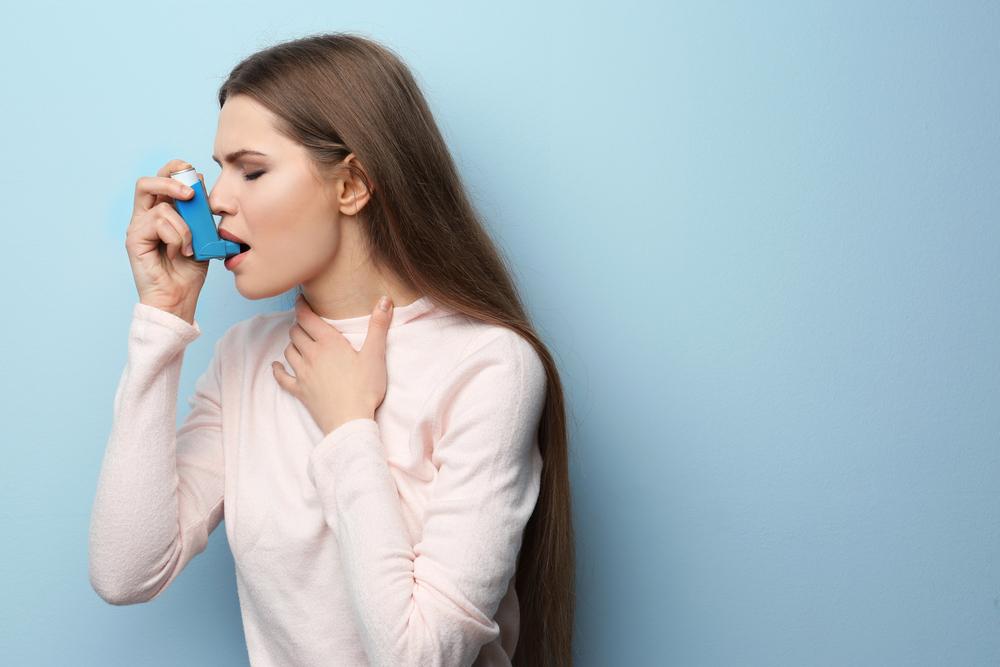What Is Eosinophilic Asthma And Why Is It Different
What is eosinophilic asthma and why is it different
Asthma is a broad term that includes a number of chronic respiratory diseases. According to estimates, more than 25.7 million people are suffering from some sort of asthma in the country. Almost 15% of this population struggles with severe asthma.
Eosinophilic asthma is a severe form of asthma; however, it is rare and affects only 5% of the adults in the country. Eosinophilic asthma occurs when there is a high number of eosinophils in the blood. Eosinophils are a type of white blood cells that help in fighting infections. When the count of eosinophils goes up, it causes inflammation in the airways.

What are the symptoms of eosinophilic asthma?
The symptoms of eosinophilic asthma are as follows:
- shortness of breath
- tightness in the chest
- wheezing
- a cough
- obstructed airflow
- stuffy nose
- nasal drainage
- chronic sinus infection
- loss of the sense of smell
- nasal polyps
- abnormalities in the functioning of the lungs
- inflammation in the nasal mucous membrane
How is eosinophilic asthma different from other types of asthma?
Eosinophilic asthma is a type of asthma. The different types of asthma include allergic asthma, non-allergic asthma, aspirin-induced asthma, cough-variant asthma, and more. Below are some differences observed between eosinophilic asthma and the other types of asthma:
- Eosinophilic asthma is commonly seen in adults; however, most other types of asthma can affect both adults as well as children.
- Eosinophilic asthma is not immediately triggered by dust, mites, or other allergens. Allergic asthma is triggered by pollen, dust, pet dander and other allergens.
- The main symptom of eosinophilic asthma is shortness of breath while most other types of asthma cause wheezing.
What are the treatment options for eosinophilic asthma?
- Inhaled corticosteroids are used as maintenance drugs in patients suffering from eosinophilic asthma. They aid in normal breathing and prevent occasional asthma flare-ups.
- Oral corticosteroids are used if inhalers do not give the desired benefits.
- Bronchodilators are used as faster inhalers and advised as instant relief medicine. They open swollen airways quickly.
- Leukotriene modifiers are used to get relief from the effects of leukotrienes, a chemical in the immune system that causes asthma
- Biologics are available in pills, inhalers, and as IV injections. They block inflammation in the lungs thus giving relief from the asthma symptoms.
- Bronchial thermoplasty (BT) is advised when other treatment methods do not provide relief. It uses a special probe and thermal heat in relieving the symptoms of eosinophilic asthma.
What are the common triggers for eosinophilic asthma?
- Molds
- Medicines like aspirin
- Foods like peanuts or shellfish
- Fur from pet animals, birds, and insects
- Pollen
- Smoke from cigarettes or burning leaves
- Environmental triggers like storms, air pollution, changes in temperature, etc.
- Grass
- Smells from cleaners, air fresheners, candles, etc.
- Intense physical exercise
- Intense emotional distress like yelling or crying
What are some of the self-care tips for eosinophilic asthma patients?
- The triggers for asthma differ from patient to patient. Knowing the triggers will help cope with the condition in a better way.
- Maintain body weight.
- Exercise regularly to strengthen your lungs; however, take advice from the doctor while planning an exercise routine, as intense physical exertion can trigger an asthma attack.
- Get flu vaccine once a year. The complications of flu may trigger the eosinophilic asthma
- Avoid foods that trigger eosinophilic asthma. Maintain a food journal to help find the components in food that trigger an eosinophilic asthma attack
- Stop smoking as the smoke may worsen the eosinophilic asthma
- Ensure hygiene of pets, if any. Ensure pets are kept away from resting spaces like bedrooms.
- Limit your exposure to molds, pollen, dust mites, etc.

